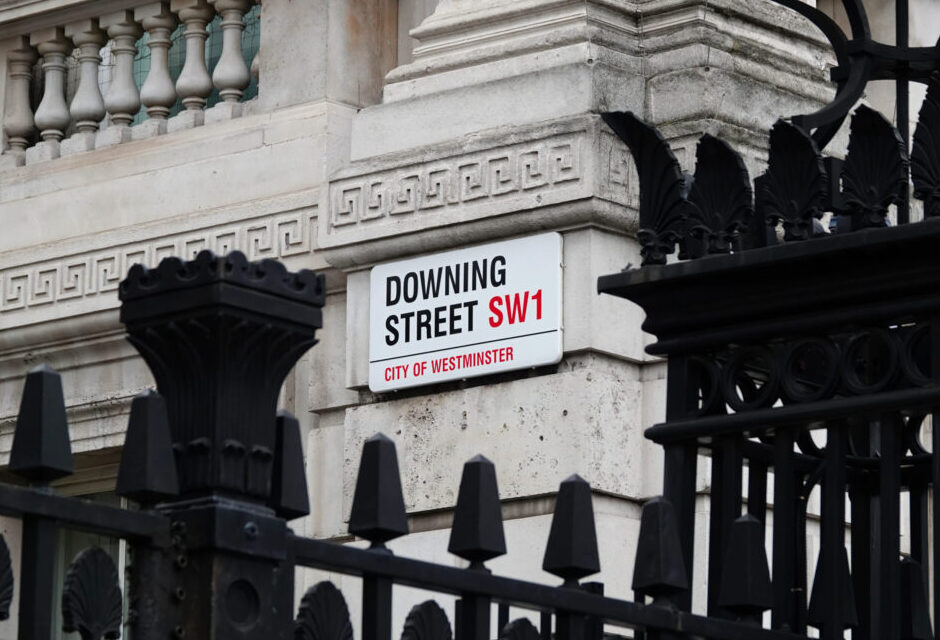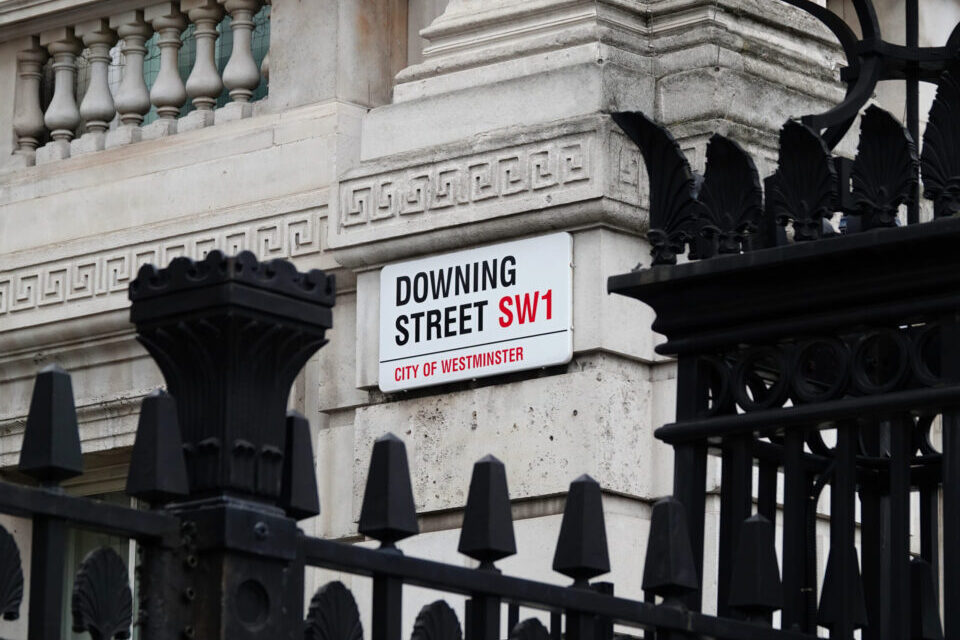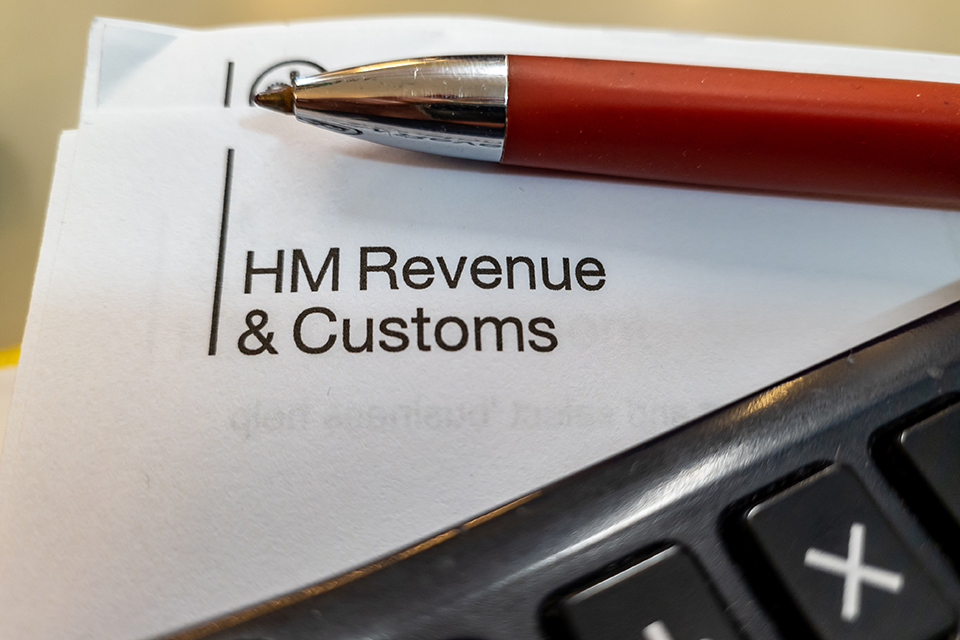

With the Labour Party now in Government, it is possible that there could be significant changes to the UK taxation system. As the 2025/26 tax year approaches, it's crucial to understand the potential shifts in tax policy and how they might affect individuals and businesses.
Here, we explore some of the possible changes to tax rates that the Labour government might implement.
1. Income Tax Adjustments
Labour has traditionally advocated for a more progressive tax system, aiming to reduce income imbalances. Therefore, we might expect:
- Higher Taxes on the Wealthy: The top income tax rate could increase. Currently, the additional rate is 45% for income over £125,140. This might rise to 50% or higher.
- Middle and Lower-Income Relief: To offset the impact on middle and lower-income earners, Labour might raise the personal allowance threshold or adjust the tax bands, reducing the tax burden on lower incomes.
2. Capital Gains Tax (CGT) Reforms
Capital Gains Tax is often an important point for Labour's tax policy. Changes might include:
- Alignment with Income Tax: One possibility is aligning CGT rates more closely with income tax rates, which could see higher earners paying more on their capital gains.
- Reduction of Allowances: The annual CGT exemption might be reduced or abolished (given that it is currently only £3,000), bringing more gains into the taxable bracket.
3. Corporation Tax
Labour has indicated a desire to ensure that corporations pay their fair share. Potential changes include:
- Rate Increases: The corporation tax rate, currently set at 25%, could be raised. Labour has previously suggested rates around 26% to 28%.
- Crackdown on Avoidance: We can expect stricter measures to prevent tax avoidance and evasion, possibly including more robust anti-avoidance legislation and greater transparency requirements.
4. Inheritance Tax (IHT)
Inheritance Tax is another area ready for reform under a Labour government. Possible changes might involve:
- Higher Rates or New Bands: Introducing new IHT bands or increasing the current rates to ensure the wealthiest estates pay more.
- Reduction of Exemptions: Reviewing and potentially reducing exemptions and reliefs, such as the residence nil-rate band.
5. Value-Added Tax (VAT)
Labour may also look at VAT, though changes here are typically more contentious due to their regressive nature. However, we might see:
- Targeted Reductions: Reduced VAT rates on essential goods and services to support lower-income households.
- Increased Rates on Luxury Items: Higher VAT on luxury items to generate additional revenue from those with higher spending power.
6. Tax for climate change
With a strong emphasis on environmental issues, Labour could introduce or increase taxes designed to tackle climate change:
- Carbon Tax: Implementing or increasing carbon taxes to incentivise businesses to reduce their carbon footprints.
- Plastic and Waste Taxes: Higher taxes on single-use plastics and other environmentally harmful products.
Conclusion
The Labour Party's control of the UK government indicates a period of potential change in the tax landscape. While exact details will become clearer as new policies are announced, the idea of increased taxation on the wealthy and corporations, coupled with relief for lower-income households and a focus on environmental sustainability, are likely to take over.





